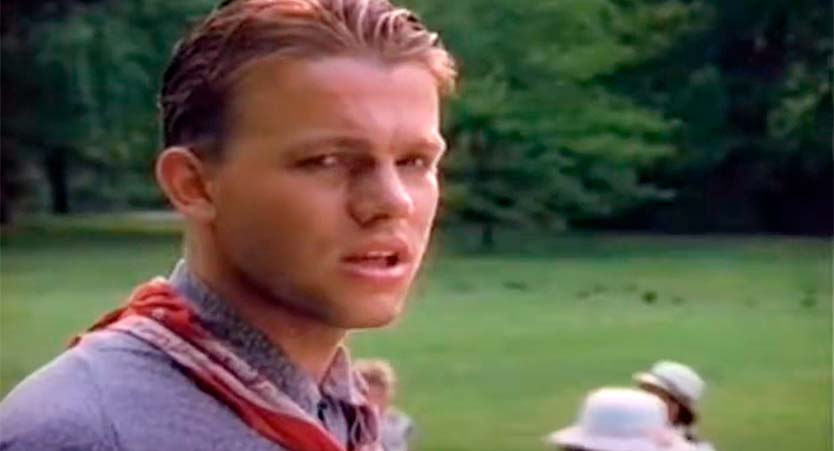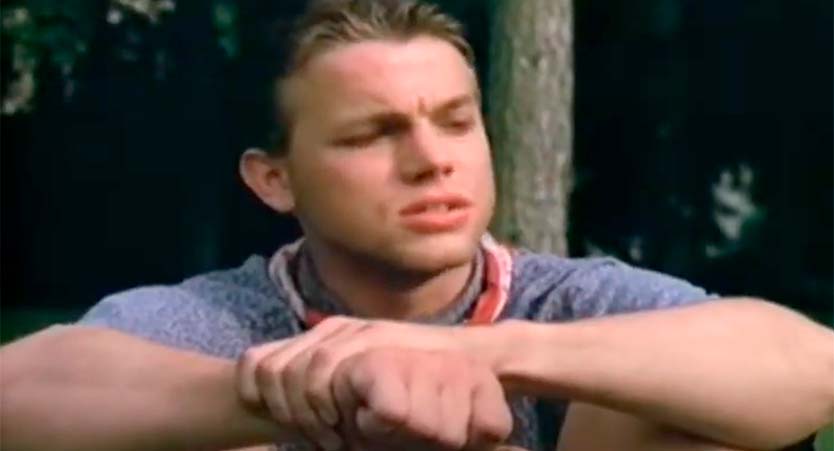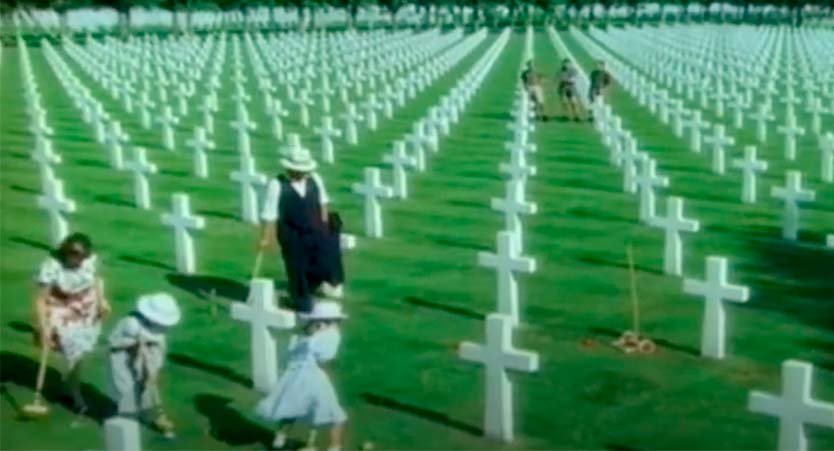Beyond the Fence: Decoding Camouflage’s “Neighbours”
While Camouflage is often remembered for the smooth melancholy of “The Great Commandment” and the romantic defiance of “Love Is a Shield,” there’s another song in their early discography that deserves attention for entirely different reasons. Released in May 1988 as the third single from their debut album Voices & Images, “Neighbours” trades in big hooks and moody atmosphere for something more candid: a confrontation with political violence, repression, and the invisible walls that divide us.
This isn’t Camouflage as philosophical dreamers — this is Camouflage as quiet agitators.
A Different Kind of Lens
Following the breakthrough success of “The Great Commandment,” the trio — Heiko Maile, Marcus Meyn, and Oliver Kreyssig — dug into deeper subject matter with “Neighbours.” Still wrapped in sleek synth textures, the song pushes further into sociopolitical critique, focusing not on inner turmoil, but on the brutality and injustice often hiding behind polite silence.
There’s a voyeuristic stillness to the arrangement: subdued rhythms, minimalist melodies, and a slow-building tension that mirrors the song’s uncomfortable themes.
Behind Closed Curtains — and Beyond the Fence
On the surface, the title “Neighbours” might suggest a meditation on domesticity or anonymity. But look closer: it’s a provocation. The lyrics — penned by Meyn — are anything but benign. Lines like “Black men leaders cried for freedom / White policemen shot them dead” and “Can it be law to kill your neighbour?” reveal the song’s true core: a direct challenge to state violence, racism, and the moral hypocrisy of so-called civilization.
This isn’t a story of observation — it’s a cry against complicity. And it resonates far beyond its late-’80s release window.
Music Video: Innocence Meets Aftermath
The music video, directed by Rainer Thieding, paints a deceptively tranquil scene. The band strolls through a park where children play croquet. One ball rolls into a hoop — and disappears, only to reappear landing on a white wooden cross in a field of many. It’s a jarring visual shift, made all the more impactful by its stillness.
The contrast is stark: play and war, innocence and death. It’s a reminder that violence doesn’t always arrive with spectacle — sometimes, it creeps in quietly, disguised by routine and geography.
Chart Performance and Critical Overlook
Commercially, “Neighbours” didn’t match the success of Camouflage’s other singles, peaking at No. 58 in Germany. But its relative quiet in the charts only reinforces its status as a deep cut with something bold to say. While it may not have dominated dancefloors, it lingers — in part because its message is still uncomfortably relevant.
Legacy: Synth-Pop with a Spine
“Neighbours” stands out not just as a deviation in tone but as a declaration. It shows that Camouflage wasn’t afraid to speak plainly — and politically — when the moment demanded it. In an era when much synth-pop shrouded its meaning in metaphor, “Neighbours” stepped into the light and asked a hard, human question: What happens when injustice lives just next door — and we pretend not to hear it?


